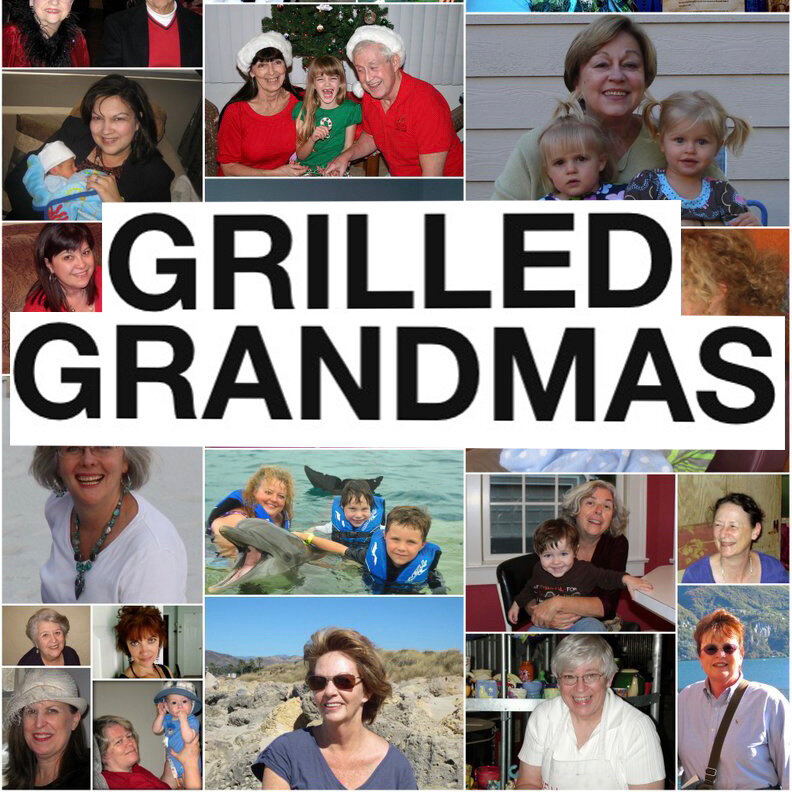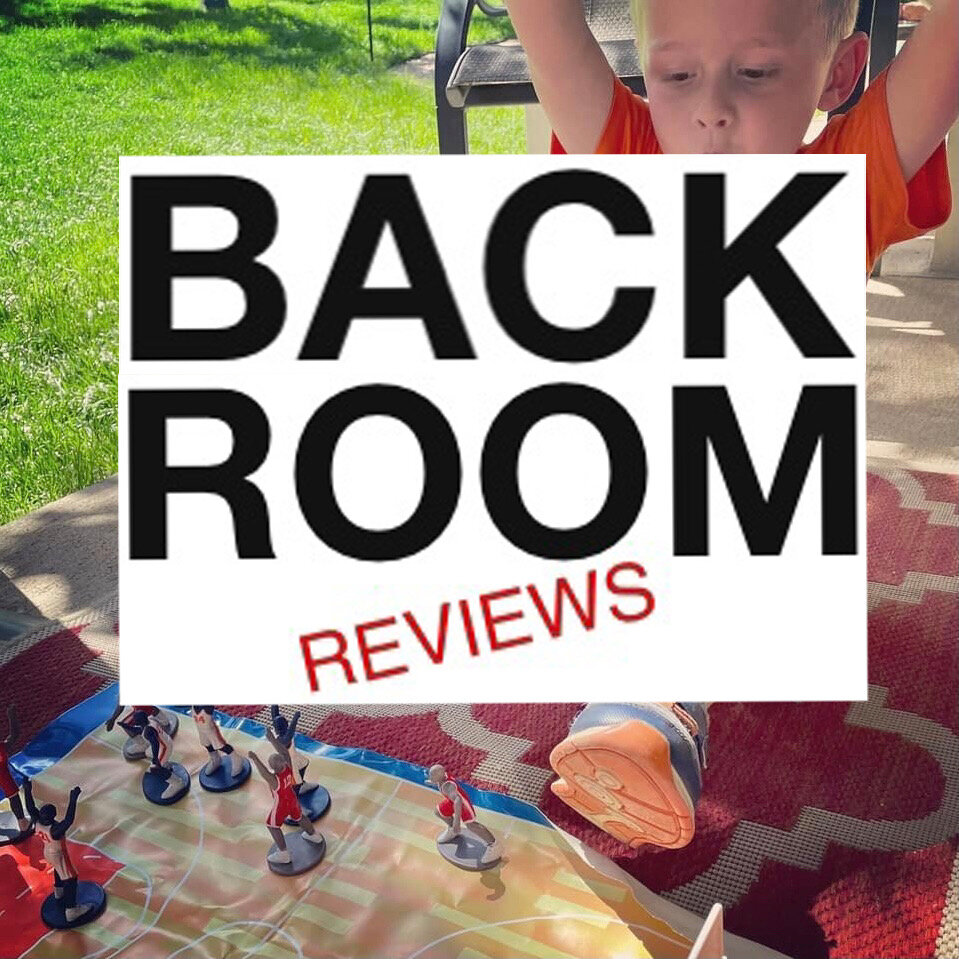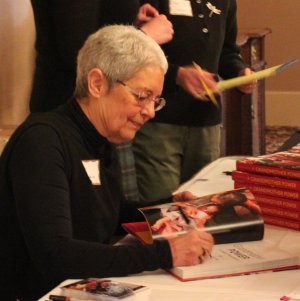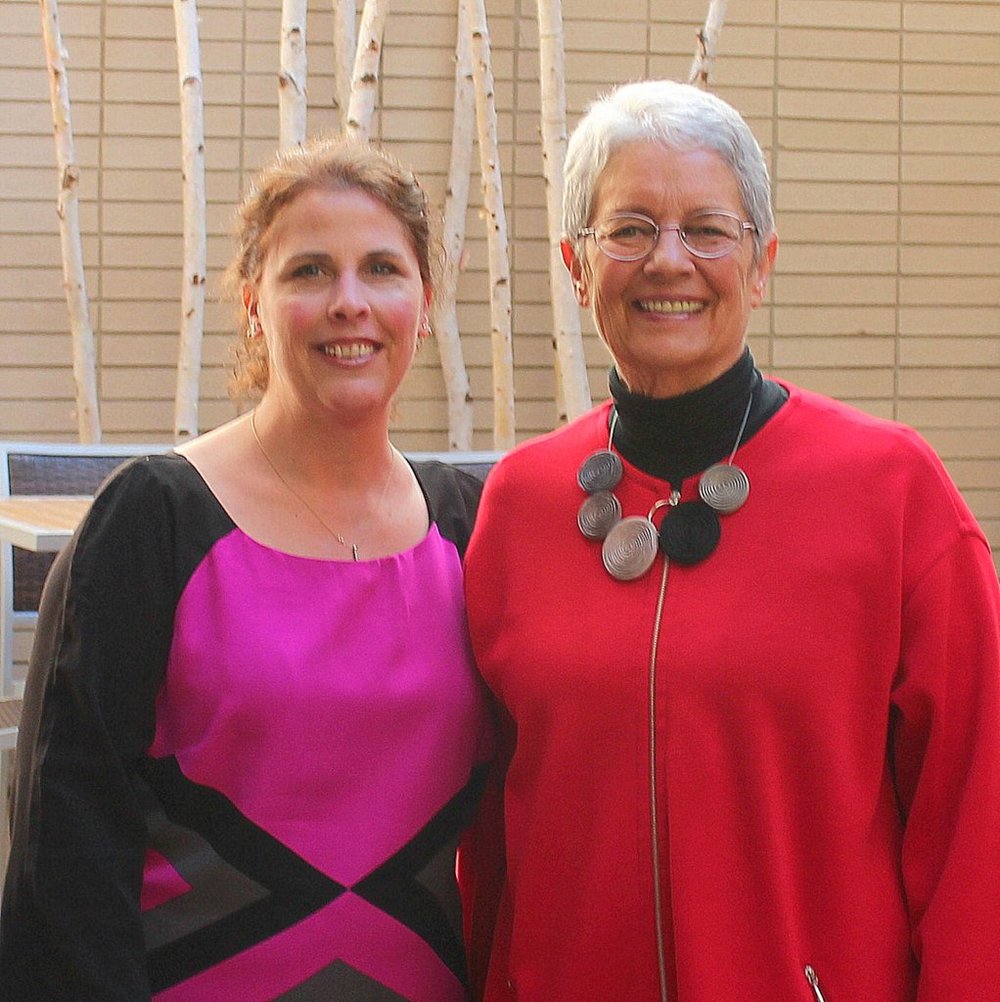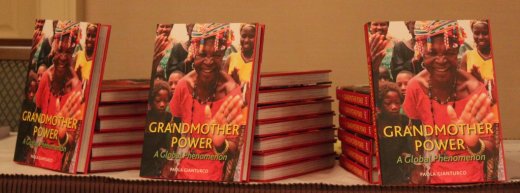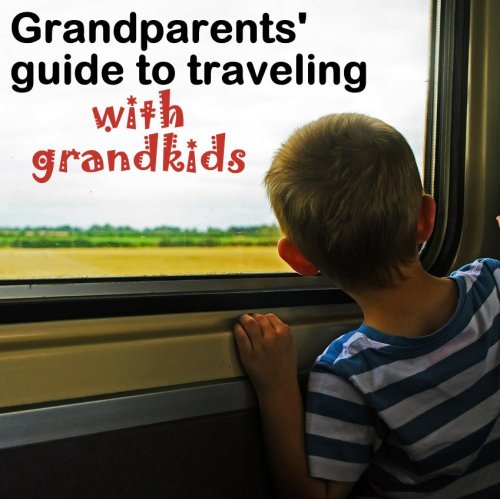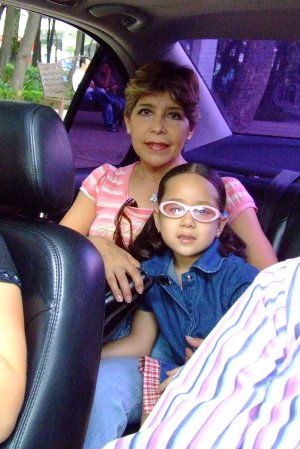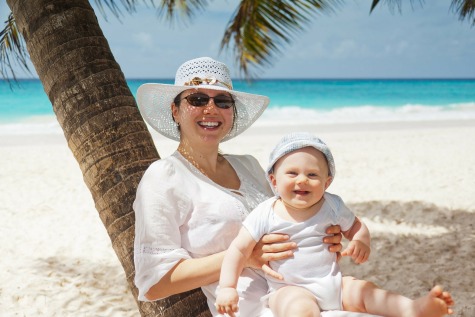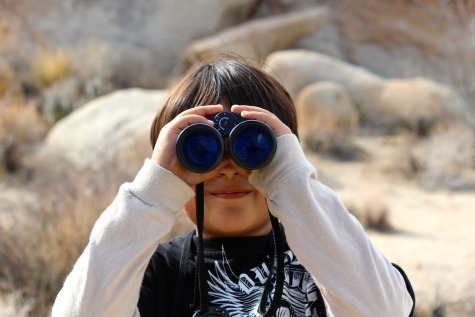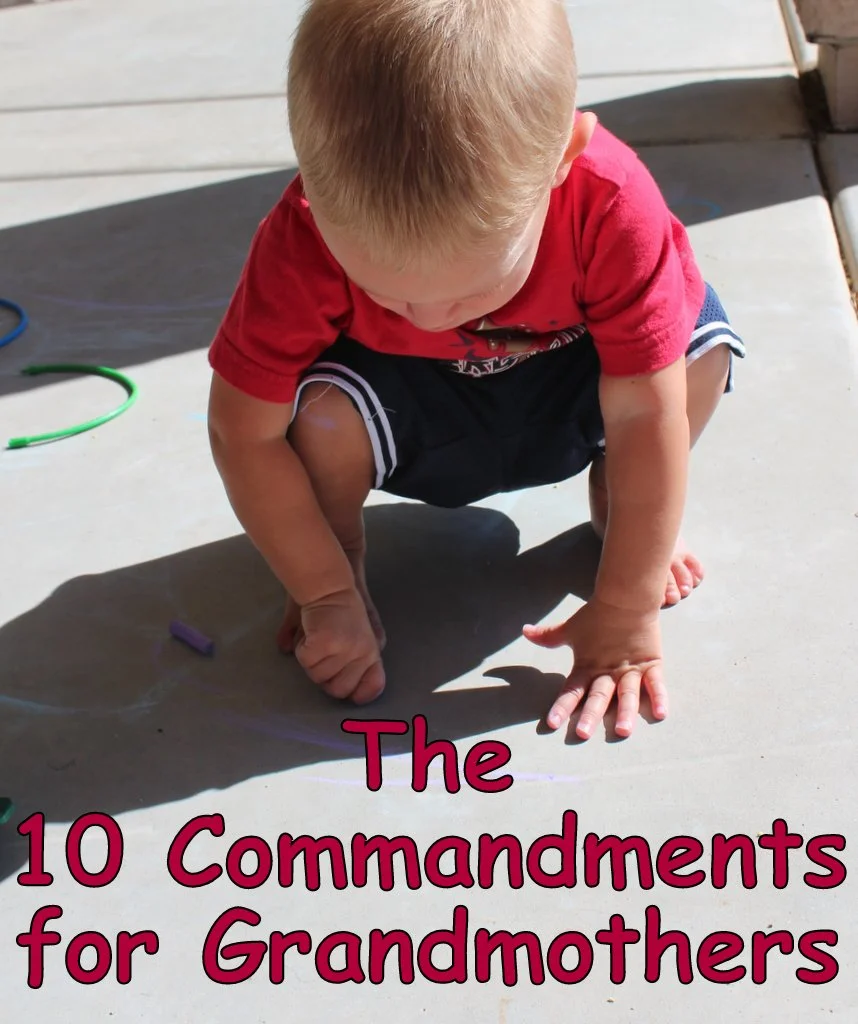Grandmother Power Blogging Campaign: 8 things I learned from Paola Gianturco
/ Dear readers: In February of 2013, I met, interviewed and spent time with one of the most inspirational women I've ever had the privilege of meeting: Paola Gianturco. I originally published the following post soon after my day with her. I'm reposting it here as part of the Grandmother Power Blogging Campaign, inspired by Paola and focusing on the collective power of grandmothers and older women all across the globe.
Dear readers: In February of 2013, I met, interviewed and spent time with one of the most inspirational women I've ever had the privilege of meeting: Paola Gianturco. I originally published the following post soon after my day with her. I'm reposting it here as part of the Grandmother Power Blogging Campaign, inspired by Paola and focusing on the collective power of grandmothers and older women all across the globe.
Grandmother Power: 8 things I learned from Paola Gianturco
A little over a week ago, I had the privilege and honor of spending a day in Denver with Paola Gianturco, a powerhouse of a grandmother and photo journalist who has documented women's lives in five phenomenal books.
The occasion was a presentation on Paola's most recent book, Grandmother Power, in which she shares photos and stories of activist grandmothers around the world, the stories told in the words of the women themselves.
After the presentation and luncheon in Paola's honor, I had the pleasure of interviewing Paola Gianturco — pronounced Pow-LA John-TUR-co — privately for an upcoming article on Grandparents.com (and possibly other websites, too). Once those articles are published, I will pass along the links to them.
For now, though, I'd like to share with the Grandma's Briefs readers a few of the lessons I learned from Paola that day, some profound, some personal.
1. Grandmothers can — and do — change the world. We grandmas know we're a powerful force in our families, but the grandmothers who share their amazing stories in Grandmother Power make a difference far beyond the borders of their families and inspire us all to do the same. In Guatemala, grandmothers fight for human rights. In South Africa, grandmothers run afterschool programs for orphaned youngsters. In India, grandmothers learned solar engineering and brought light to their villages. Those are just a small fraction of examples, a small taste of what a difference grandmothers make across the globe.
2. Grandmother activists have different issues yet the same goal. Though grandmothers across the globe face challenges unique to their cultures, those wanting to make a change agree on one thing. "The one universal was their observation of our troubled world and the conclusion that this world just plain was not good enough for their grandchildren," Paola said.
3. My camera can do great things. Paola uses the same model DSLR camera as I do for the glorious photos that fill her books. Photos such as these from her slideshow presentation that I took with my camera that's just like her camera:
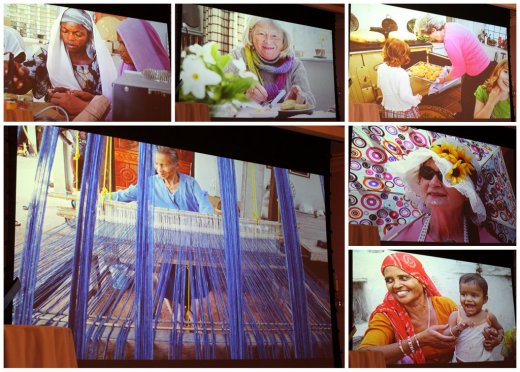
4. Grandmothers who have long upheld "bad traditions" hold the power to end such traditions. A prime example is the female genital mutilations performed in Senegal, often at the hands of the grandmothers. Once grandmothers learned how the long-time practice impacted their granddaughters to devastating degrees and often contributed to their deaths, the grandmothers joined together to become the most instrumental and successful of all who tried before to facilitate abandonment of the horrific practice.
5. I'm not heroic — and that's okay. Like the grandmothers above, what many of the grandmother activists do and accomplish floors me, makes me realize I could never manage the grand and noble things they've pulled off. I don't need to, though, Paola points out. "Don't do something that has no bearing on your life or skill set," she says. She suggests taking inventory of your skills and interests then matching that with issues you could impact locally. After perusing the organizations profiled in Paola's book, I'd say my interests and skills are in line with the Storytelling Grandmothers of Argentina who inspire children to read, which has helped literacy rates rise.
A member of the Storytelling Grandmothers shares a story — photo taken of Paola's presentation.
6. Grandmas are award-winning superheroes. Inspired by his own grandmothers, Mohammed Saeed Harib of Dubai created the Freej animated series featuring four grandmother characters. The show immediately caused a sensation in his country and became a runaway hit enjoyed by audiences of all ages. Harib told Paola, "Grandmothers are portrayed in media as somebody about to die or who's ultra sick; that's the storyline of our dramas and soap operas. I get many calls from grandmothers who appreciate that we are showcasing women reciting poetry, solving problems, talking...not showing them as people in wheelchairs about to die."
7. Step aside Lady Gaga: Grandmas can dress flashy, too. There's nothing like an electric dress to grab the attention of an audience and bring joy to all. Paola had hers made here, and it's the perfect complement to her ebullient instruction on the gratitude dance she learned from GrandMothers and GrandOthers in Barrie, Ontario:
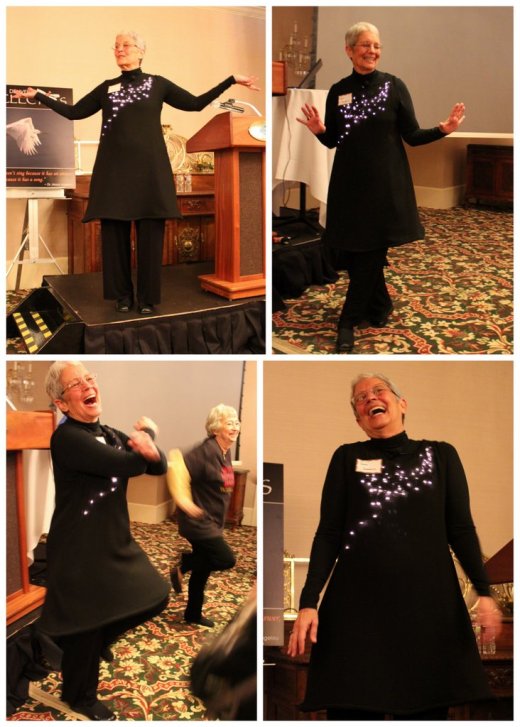
8. All grandmothers can be activists. Grandmother activists are simply grandmas working valiantly to make the world a better place for their grandchildren. Making the world better, Paola stresses, includes teaching our grandchildren the important lessons of collaboration, generosity, patience, perseverance and resilience. If you teach such things, I think it's safe to consider yourself a grandma activist — then consider the organizations where you might enjoy taking your grandmother activism a step further.


